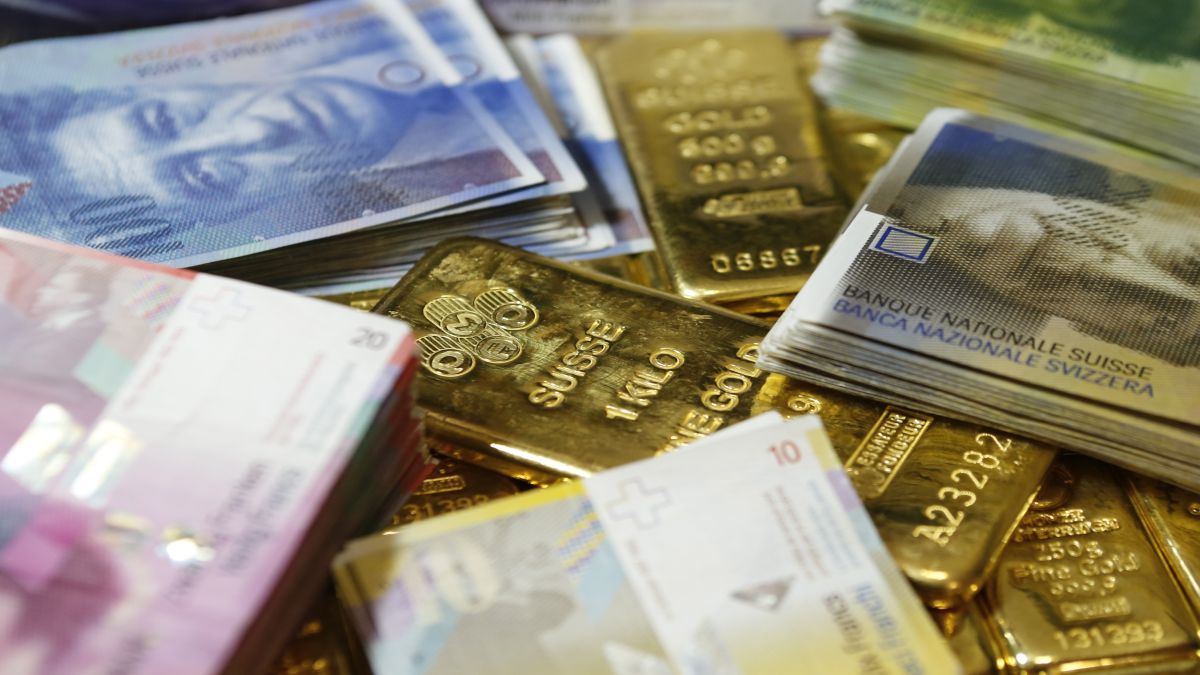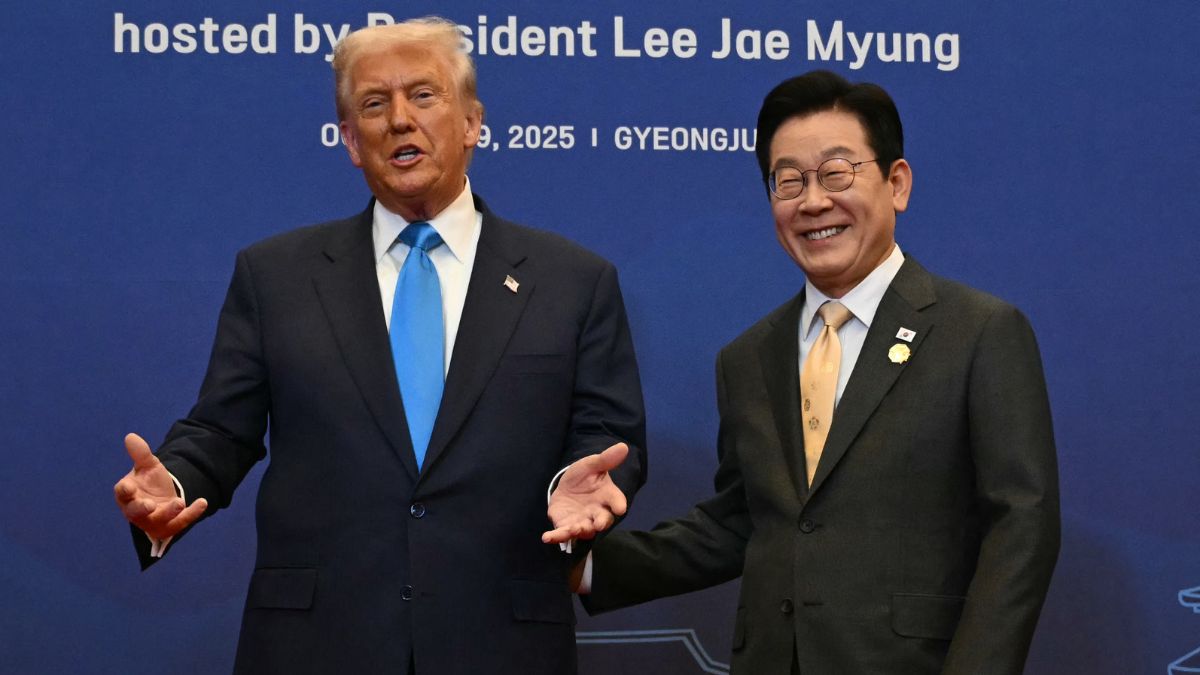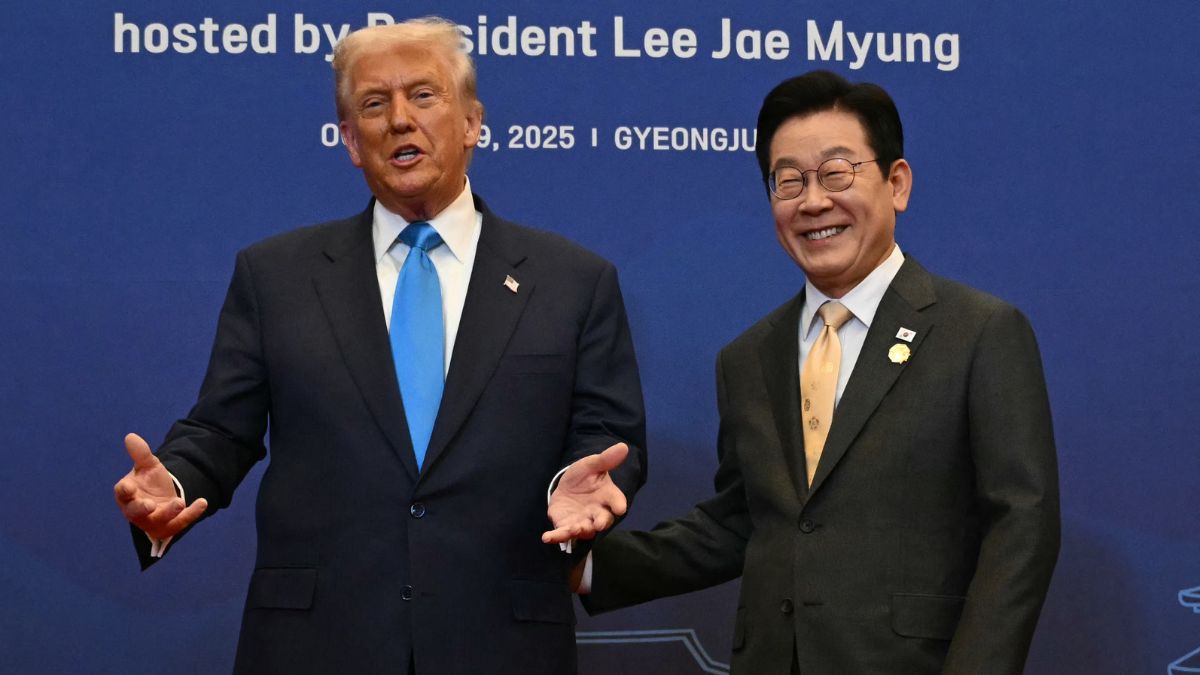The Reserve Bank of India just keeps bringing more and more of India’s gold home.
The central bank, between March 2025 and September 2025, has brought over 64 tonnes of the precious metal back to India.
This came after the Reserve Bank in October 2024 shifted 102 tonnes of gold from the Bank of England and the Bank for International Settlements and sent home another 100 tonnes in May – an operation described as one of the largest gold relocations since the 1990s.
But what do we know? How and why is the RBI bringing the precious metal home?
Let’s take a closer look.
What we know
The Reserve Bank's gold reserve stands at 880 metric tonnes as of September 2025, according to its Half Yearly Report on Management of Foreign Exchange Reserves. As of September 2024, the gold reserves were at 854.73 metric tonnes. This means that the central bank has boosted its reserve by 25.45 metric tonnes over the past year.
Of this, 575.8 metric tonnes are currently in India, while another 290.37 metric tonnes of gold are kept with the Bank of England (BoE) and the Bank for International Settlements (BIS) in Switzerland. The RBI in March had 512 tonnes in India and the rest 348.6 tonnes abroad. The RBI also has another 13.99 metric tonnes in the form of gold deposits. Since March 2023, the RBI has brought home 274 tonnes of gold.
The share of gold in the total foreign exchange reserves rose from 11.70 per cent in March 2025 to around 13.92 per cent in September 2025. However, it must also be noted that some of this is due to the record rise in gold prices, which have cooled off in recent weeks.
Gold had touched an all-time high on 17 October when the precious metal hit Rs 1,32,294 per 10 grams and silver touched Rs 1,70,415 per kilo.
However, the price of spot gold, under which the precious metal is sold at the current market price, fell below the psychologically important $4,000 (about Rs 3.53 lakh) level on Monday and then declined again on Tuesday to $3,986 (about Rs 3.51 lakh). The developments have left many people wondering if the gold bull run is over.
The RBI also has foreign currency assets of around $579.18 billion (about Rs 51.09 lakh crore), comprising $489.54 billion (about Rs 43.15 lakh crore) in securities investments, $46.11 billion (about Rs 4.07 lakh crore) in deposits with other central banks and BIS, and another $43.53 billion (about Rs 3.84 lakh crore) in deposits with overseas commercial banks.
How RBI brings home the gold
The decision to bring the gold home is taken by the RBI’s Central Board and its foreign reserves management team in concert with the finance ministry. It does so by physically moving the precious metal from the Bank of England (BoE) and the Bank for International Settlements (BIS). It keeps secure facilities in India including in Mumbai and its central vault in Nagpur for this purpose.
The task itself is top secret. The RBI usually coordinates with international logistics firms, insurance agencies, and Indian security forces. Eyes are kept on the shipment from the time the gold is moved from the BoE and BIS until it is secure in the vault in India. The gold is also protected by Indian security personnel.
It is brought home on chartered or special aircraft. It is usually done in consignments out of an abundance of precaution. Most of the details remain top secret. The RBI examines, weighs, and seals the gold before its journey back to India. The shipment is then verified and placed into the vault. The RBI, in its half-yearly report on foreign exchange reserves, then updates the public about the status of its gold.
Why is it doing so?
For a variety of reasons.First, there could be geopolitical considerations behind the move. For example, upheavals such as the Ukraine war or the Taliban takeover of Afghanistan and the fallout, including the West-imposed sanctions.
The move also gives the RBI increased control over its gold stockpile and sends the message that it is secure in its financial sovereignty. Keeping your gold in your possession for a country is no small thing. In fact, India in 1991 had to ship out its gold amidst a financial and economic crisis to secure a $400 million (about Rs 35,276 crore) loan from the Bank of England and the Bank of Japan.
Some have urged the RBI to move even quicker to bring the gold back to India from overseas.
As Ritesh Jain, founder of Pinetree Macro, told Economic Times, “We are, in fact, surprised that a huge quantity is still lying outside India. I am firmly of the opinion that in this brave new world, if the gold is not in your custody, then it is not your gold.”
History has demonstrated this. The Trump administration in 2023 had barred Russia from accessing around $300 billion (about Rs 26.46 lakh crore) worth of its foreign exchange assets, including gold. The Taxpayers Association of Europe (TAE) had urged European nations to bring their gold reserves back to Europe following this development.
The TAE had expressed concern that Trump might decide not to allow the gold to leave the country. It cited the example of leaders of Germany’s Parliament not being allowed to examine the gold. The TAE, in a statement, had called for a “complete inventory and audit” to be undertaken at the minimum.
There could also be financial considerations at play. The RBI usually has to pay a fee to store its gold at the BoE or BIS. Bringing some of the gold back would save at least some of the cost. Central banks have been net buyers of gold since 2010.
The RBI in 2009 had purchased 200 tonnes of gold from the International Monetary Fund (IMF) under the then Manmohan Singh regime. It has been slowly increasing its gold reserves over the past few years.
With inputs from agencies


)

)
)
)
)
)
)
)
)



